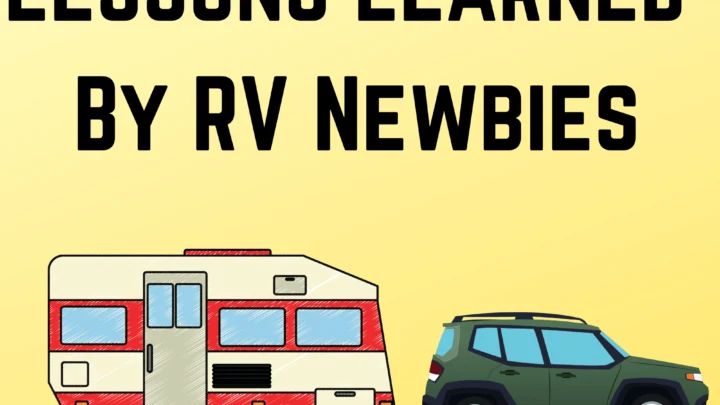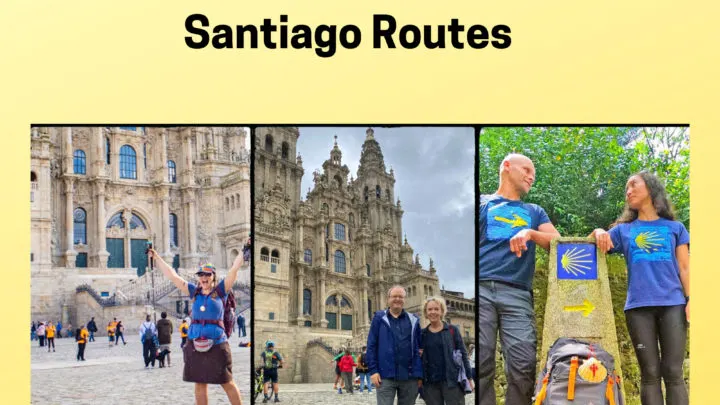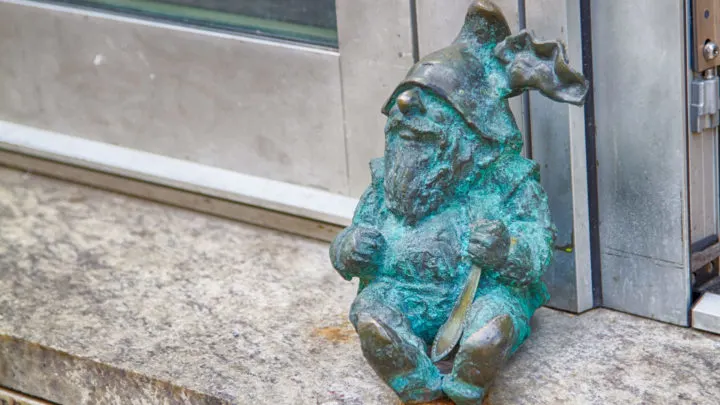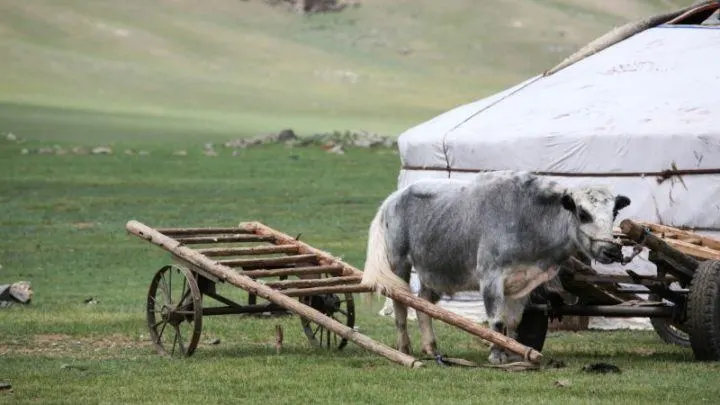Do you love to travel? Do you get frustrated when one or two weeks is just not enough to get to know a country? We’ve been batting around becoming digital nomads for a long time, and we’ve finally done it! These are some lessons we’ve learned.
During the pandemic, most companies and institutions were forced to build up the infrastructure for telecommuting, or remote work. Now, even though we have largely moved into a post-pandemic world, that capability still remains. Because of this, more and more people are choosing to take their work on the road.
Like the nomadic tribes of Asia and Africa, digital nomads can easily pack up their belongings, stuff their laptop in a shoulder bag, and head off to new destinations, almost on a whim. This has become easier and easier and many countries are now positioning themselves as digital nomad destinations.
The idea of getting rid of all your stuff, packing a carry-on suitcase and heading off into the wilds as a digital nomad may seem hard to pull off, but it can be very easy to do.
Listen to our Streets and Eats podcast episode where we talk about becoming digital nomads.

Included in the Article
Know your “Why”
Homeowners – sell, rent, or ?
Storage or sell; what to do with all that “stuff”
Deciding what to keep and bring along in the luggage
How to manage all of your digital “stuff”
Know Your “Why”
The first step to success with almost everything in life, is to know why you are doing it. Without a clear vision of what you want out of becoming a digital nomad, you might be doomed to failure. Knowing why you are doing this can really help when things get difficult or you run into seemingly insurmountable obstacles.
For us, our “why” boils down to our love for exploring. We’ve both always considered ourselves modern-day explorers, always wanting to know what’s behind the next turn in the road, or over the next hill. And more importantly, we both have a strong desire to learn as much about other cultures and societies around the world. We have never focused on becoming rich or really any significant monetary gain.
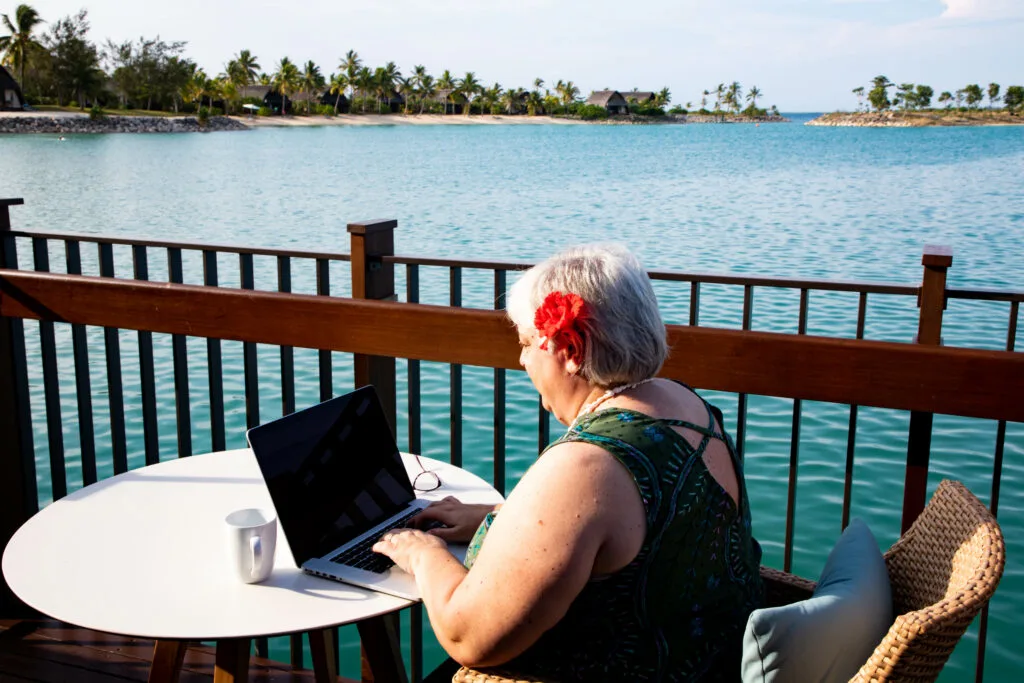
Once you understand why you want to become a digital nomad, it’s time to start taking the steps. This begins with taking a serious inventory of your stuff and deciding what you need moving forward, what you can get rid of, and everything else in between.
Digital Nomad Homeowners, Sell, Rent, or ?
For us, this inventory started with the big things. Like our house. We loved our little old house with its cozy fireplace, and hardwood floors. But what to do with it? Paying a mortgage on an empty home didn’t make sense, and it just wouldn’t work with our financial situation.
We considered keeping it and putting it out there as a short term rental. That way we would be able to come back and stay in it whenever we wanted. But our area wasn’t really a viable AirBnB location, and we didn’t think we could keep the occupancy rate needed to make it worthwhile. Plus, who would manage it?
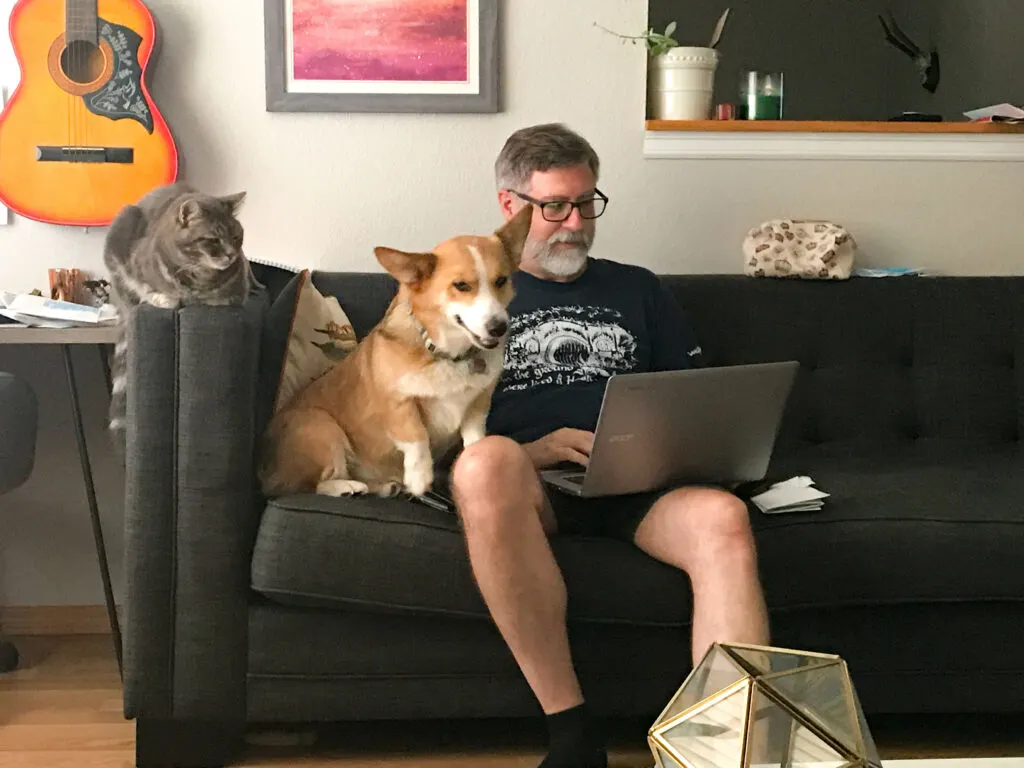
We thought about keeping it as a rental property but then again, we would be forever worrying about tenants, maintenance, you name it. When we looked into this deeper, we found we would most likely need a management company, and again, financially it just didn’t make sense.
In the end we sold the home and the car and didn’t look back.
Storage or Sell – What to do With All That “Stuff”?
Regardless of which decision is made about the home, there’s still so much “stuff” to deal with. We’re talking about everything in and around the house that won’t be traveling with you.
Here we started thinking like other nomadic people throughout the world, not just the digital ones. What is so important that we would be willing to haul it around with us from one temporary residence to the next?
Even though we had been pairing down over the last several years, we still had tons of stuff (maybe even actual tons) to get rid of. Furniture, kitchen supplies, clothing, electronic equipment, general household utensils and equipment. What to do with all of it?
When doing a big purge like this it comes down to three basic choices: sell, donate, or store. For selling, we were able to do some garage sales to unload a lot of things. Electronics, clothing and kitchen supplies did best in those sales.
Next we used Facebook Marketplace for bigger ticket items like furniture, bicycles, and collectables. Finally, we set a deadline, anything that couldn’t be sold was donated to thrift stores.
Of course, just about everyone will have some items that just can’t be parted with, even if those things won’t accompany us on our travels. Some sort of storage is going to be needed. This can be a closet or basement of a close family member or a paid storage unit.
Deciding What to Keep and What to Bring Along in the Luggage
Like I said, there were some things we just couldn’t part with. Corinne and I are getting older, so we know our nomadic years are numbered, and we have some things we’ve picked up during our travels that we absolutely love.
These are objects like antique Turkish copper ware, a pair of Indonesian hand-woven baskets, glass fishing floats found on Japanese beaches, German Oktoberfest steins, and a few boxes of mementoes from our daughters’ childhoods.
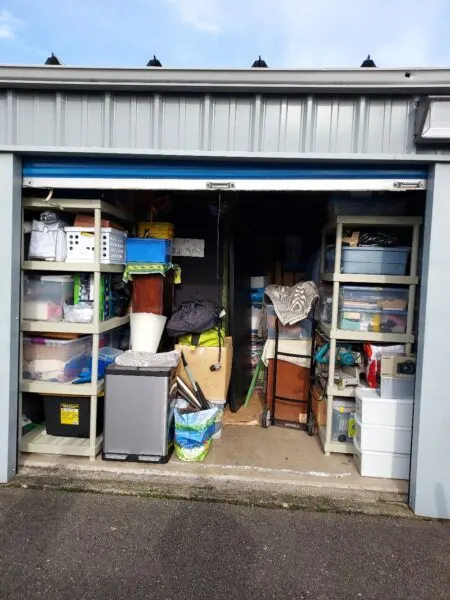
Once we knew we would be paying for a storage room, we decided to fill that room with some household essentials. This included a basic set of kitchenware, our bed frame (not the mattress and boxsprings, of course), and a couple of pieces of furniture. We kept enough crammed into that little storage room to set up a small, one bedroom apartment.
At the same time, we knew there were things we would need for our nomadic life. A small frying pan and a few cooking tools, towels, a set of decent sheets, and clothing. Not much really, but enough to be comfortable where ever we end up. We knew we were going to really follow some expert packing tips to get it all there.
For equipment we paired down to two laptops, our cameras, extra batteries, and the cables needed for charging. Oh, and an Amazon Firestick for entertainment. Couple that with a VPN account to stay current on all of your favorite shows, wherever in the world you are.
How to Manage All of Your Digital “Stuff”
One thing that was missing from that list of things that went into storage, was photographs. Right? Over the years we’ve amassed crates full of slides, negatives and photographs. Well, those could all go into storage, but we like to have access to those photos for various reasons.
So one thing we did during the pandemic–remember all those wasted days of lockdown and no travel?–was to digitize all of that. That’s one way of putting the “digital” in digital nomad.
It took a lot of time, but we had that time. I used our Canon DSLR camera, a light box for the slides, and a tripod with an overhead attachment. The process went pretty smoothly once everything was set up. Of course, that raises the question, how to manage all of our digital stuff?
We’ve been storing all of our digital photos, video, and other important files on a Synology Diskstation network drive. With my latest upgrade it holds thirty terabytes. On top of that we’ve been backing that up to our Google drive in a workspace plan that includes unlimited Google Drive storage. Both of those are synced so we always have access to our files and there is always a current backup.
There are other options available through Apple, Google, Amazon, Dropbox, and a whole basketful of other online storage companies. For digital nomads, having a cloud storage plan is essential.
Logistical Issues for Digital Nomads
For most digital nomads, there are several critical issues that need to be addressed. These include financial factors, connectivity, travel, and accommodation. The first thing we learned during our transition was that not having an address can be a major obstacle when solving these logistical problems.
Having a Permanent Mailing Address is Critical
Regardless of which country you are from, your government wants to know where you live. This is especially true in the US where having an address is a requirement for banking, taxes, and identification. Many digital nomads, ourselves included, have chosen to use a family member’s address for our new residence.
They don’t mind receiving our mail and this way we have a permanent address, regardless of where we travel. The bank is happy, Uncle Sam is happy, and life is good. So far.
Author Bio: Jim Vail, is a travel, food, and video creator and a perpetual traveler who has been travel writing for over 15 years. For many years he lived overseas in Germany, Japan, Turkey, South Korea, and the Netherlands, and he’s visited over 90 countries.
Join Our Travel Community


